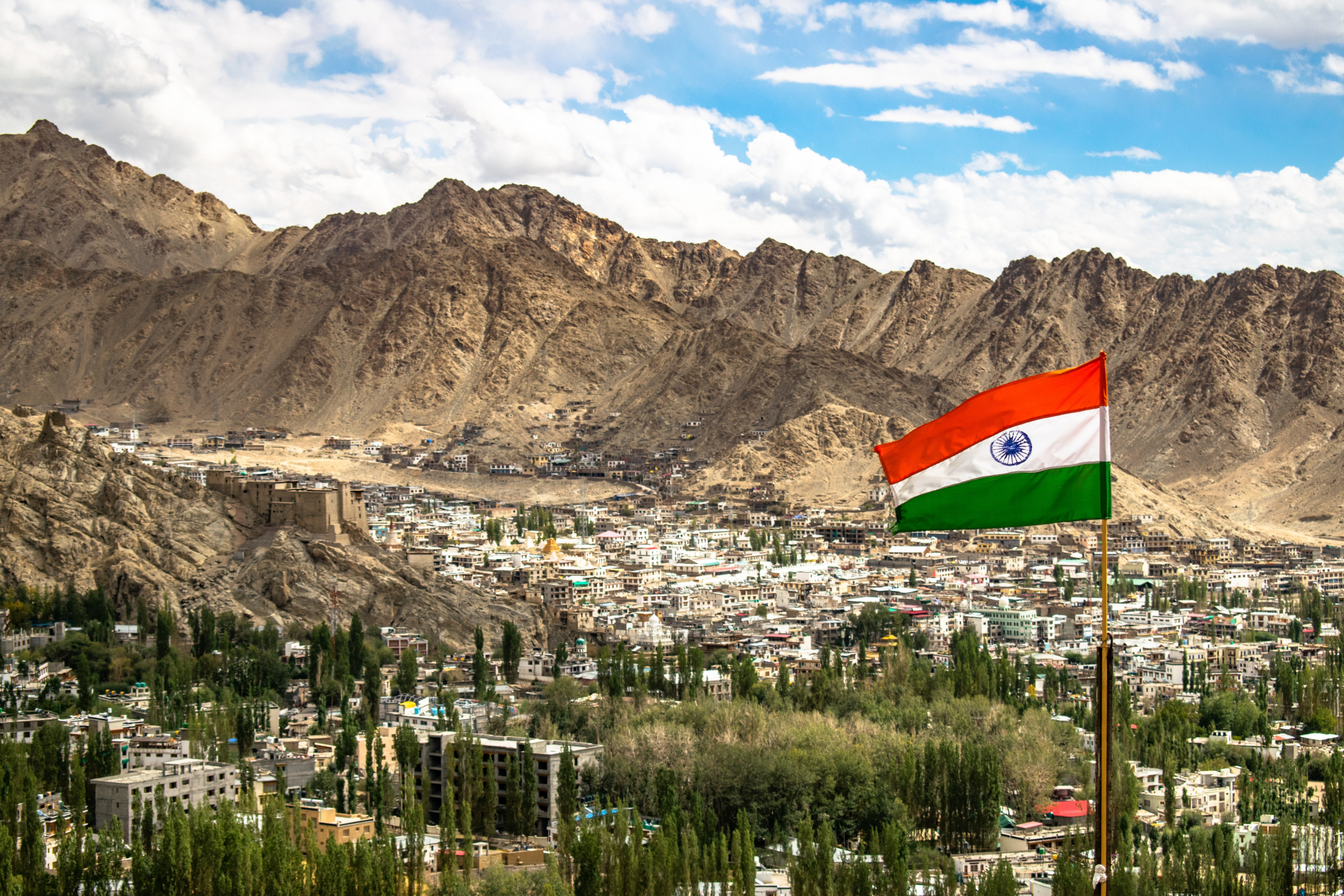March 2, 2023
Preparing for the Heat Wave in India: Ways to Protect Your Home, Business, and Community
Book a Demo
As the summer approaches, India is expecting to experience heat waves between March and May. The higher temperatures could lead to power consumption beyond the supplies available, resulting in an energy crisis. The situation is further compounded by a potential dent in the production of wheat, rapeseed, and chickpeas due to the heat wave that is forecasted to hit many regions in Central and Northwest India.
The India Meteorological Department (IMD) reports that, with the exception of peninsular India, most parts of the country will experience temperatures above the normal maxima. Meanwhile, light to moderate rainfall was experienced over Delhi and the National Capital Region (NCR) as icy winds swept through the mid and higher hills of Himachal Pradesh. The IMD also issued a yellow warning for heavy rain or snowfall at isolated places in mid and high hills. As a result, Kalpa received 1.5 cm of snowfall, followed by Keylong and Kukumseri.
The IMD claims that India reported the warmest February this year since 1877, with average maximum temperatures touching 29.54 degrees celsius. This exceptionally high temperature is likely to become the norm, especially since the southern peninsula and parts of Maharashtra are likely to escape the brunt of harsh weather conditions. During a virtual press conference, IMD’s Head S.C Bhan claimed that global warming might be the cause of the temperature rise in India.
Given the rising temperatures and the increased likelihood of rain and snowfall over many areas of the country, it is crucial to take measures to protect agricultural crops and electricity supplies. We need to make sure our homes, businesses, and communities have the necessary resources during this time. While the current season might be a difficult one for many, it is essential to make sure we stay prepared for any potential weather change.



